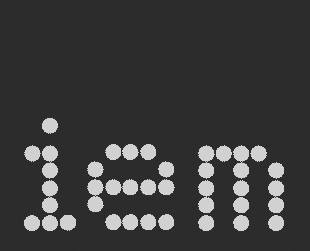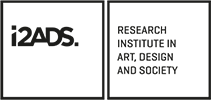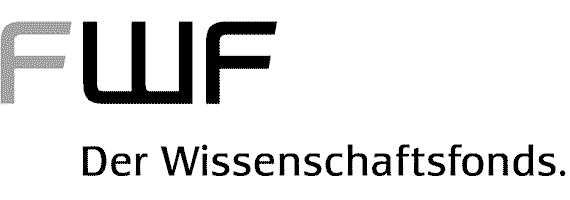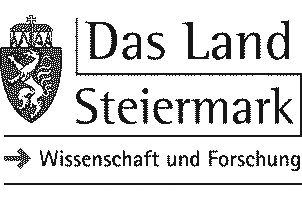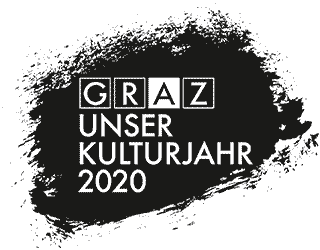Icarus: A Game/Performance for the Augmented Drum-Kit
Keywords: Games, NIME, Improvisation, Live Electronics, Game Audio, Music Games.
The piece is designed specifically for the augmented drum-kit and the instrument's affordances; performance minutiae, digital electronics and musical parameters are analyzed and used as control input to the game. The augmented drum-kit was developed over the course of five years, and consists of a traditional drum-kit mounted with sensors, contact microphones, speakers and makes use of bespoke software. The acoustic kit also becomes the seamless control interface of the electronics and game with the use of machine listening techniques and gestural analysis resulting in a highly physical performance. There is minimal interaction with the laptop during the performance - all control of the electronic sound (including game, light and projection control) is carried out through the acoustic instrument; the computer serves only as the mediator for all assembled pieces of digital and analogue technology. As the musical instrument offers a much wider range of expressive possibilities compared to a conventional game controller, the result is a musically expressive game play performance where the game acts as the mediator to the improvised drum-kit performance, while the music becomes the live soundtrack of the game.
The performer is free to improvise, fail, explore, and through trial and error understand what the game rules are and complete each chapter. While each scene’s rules are fixed, every level can be completed in multitude of ways which reinforces a sense of exploration and experimentation. For this work, the analysis methods used in order to extract parameter control information from the acoustic drum-kit performance for the live electronics are also used to extract game control information for the bespoke computer game. The visuals are projected onto a screen behind the performer as seen in figure 3. The interaction between the performer and the game ranges from a very clear and direct relationship between physical gesture and result on the screen, to more obscure relationships and mappings, all of which contribute towards the performance’s progression. From a musical perspective, the game can also be seen as the performance’s graphic score. One of the aims of this work is to explore exactly this two-way conflict: Controlling the game’s progression through musical expression, while the game gives a structure to the performer’s musical gestures.
The performance ranges from 10 to 20 minutes depending on the intentions of the performer.
Over the past years, the author has been exploring the use of game engines for such musical purposes. This has taken the form of either experimental musical games where the player uses conventional game controllers to navigate a digital space where actions and movement are affecting the sound world of an immersive interactive environment, or the use of acoustic musical instruments as game controllers of instrument-specific games. Most notably, Pathfinder (Michalakos, 2016), was premiered at ICLI2016 and performed at various festivals and conferences around the world, including NIME 2016, DiGRA 2016, Sonorities 2016 and ICMC 2017.
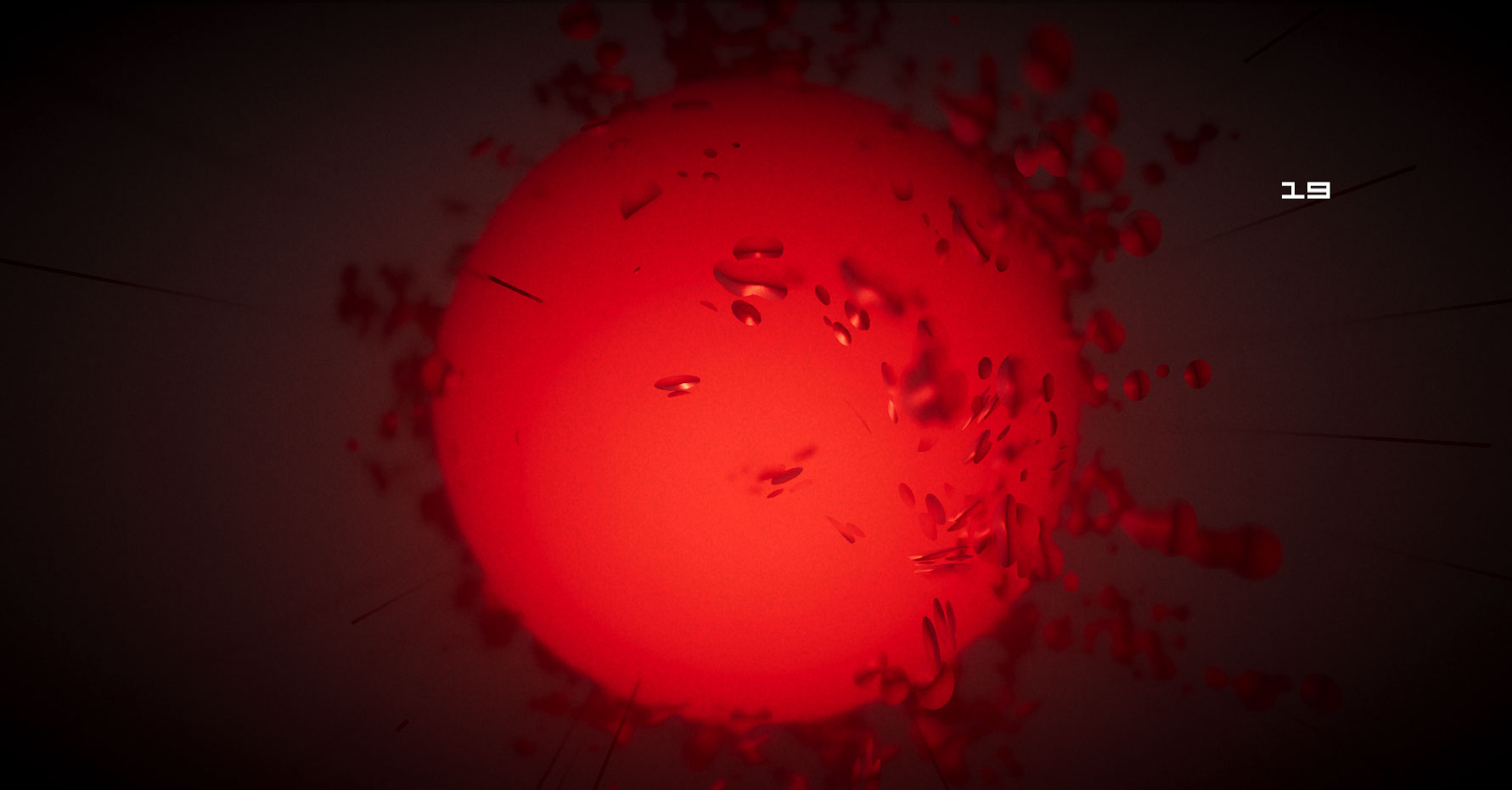


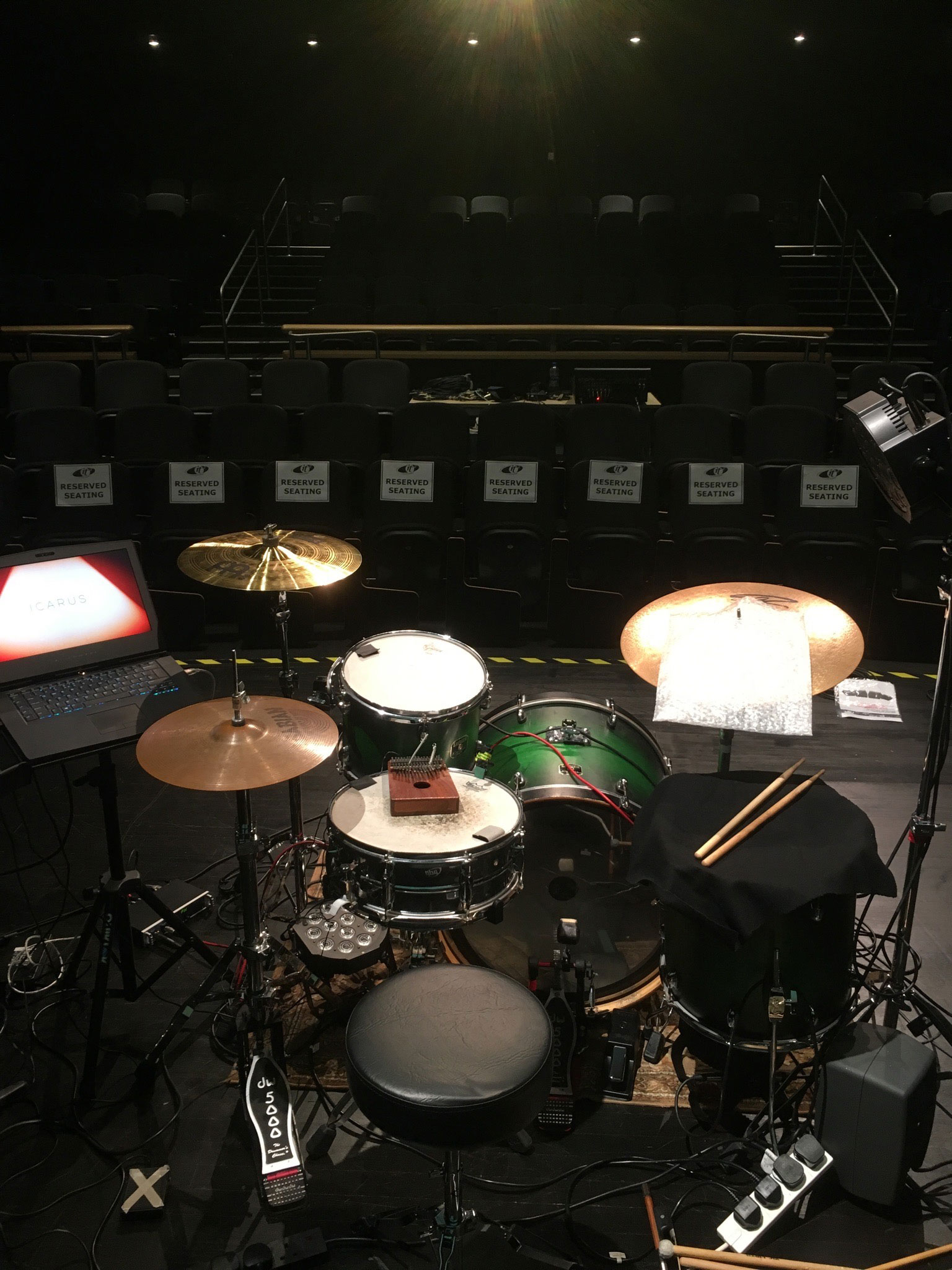
Media Assets
- Piece webpage: christosmichalakos.com/works#/icarus/
References
- Michalakos, C. 2016. “Pathfinder: A Performance Game for the Augmented Drum-Kit.” In: T.Magnusson, C. Kiefer and S. Duffy, eds. Proceedings of the 3rd International Conference on Live Interfaces. University of Sussex 29 June - 3 July 2016
Join the conversation
xCoAx 2020: @cmichalakos “Icarus: A Game/Performance for the Augmented Drum-Kit”. An audiovisual improvisation with live electronics, drums and video projection where a game is used simultaneously as visual output and graphic score. https://t.co/dUmE0wcKHe #xCoAx2020 pic.twitter.com/BgmsaajDBs
— xcoax.org (@xcoaxorg) July 8, 2020

